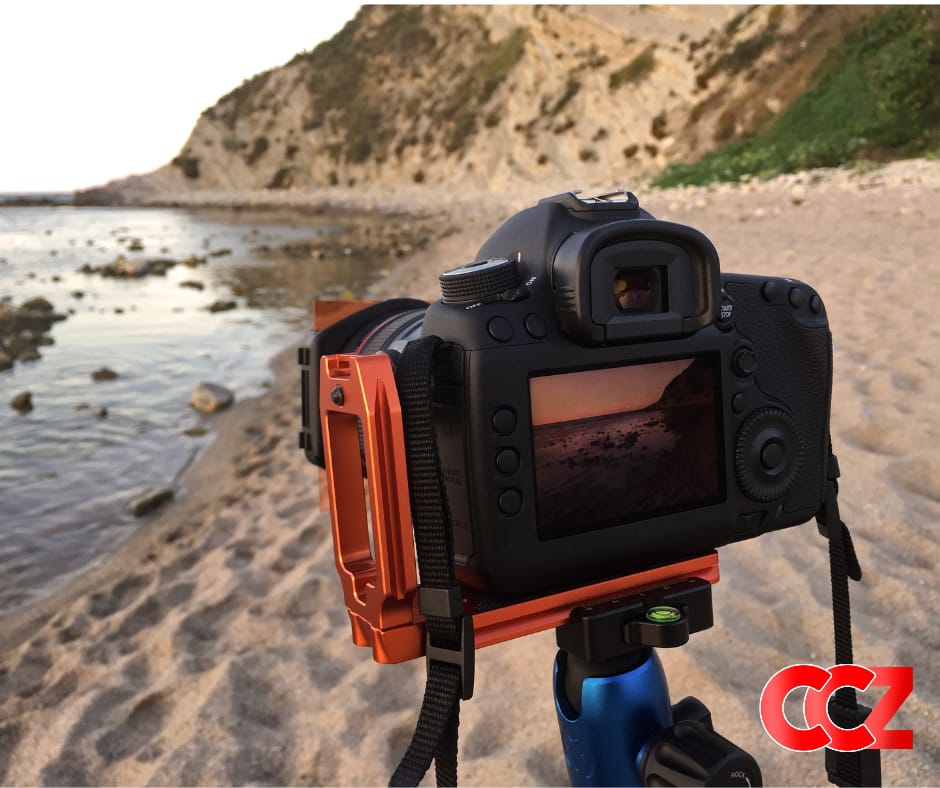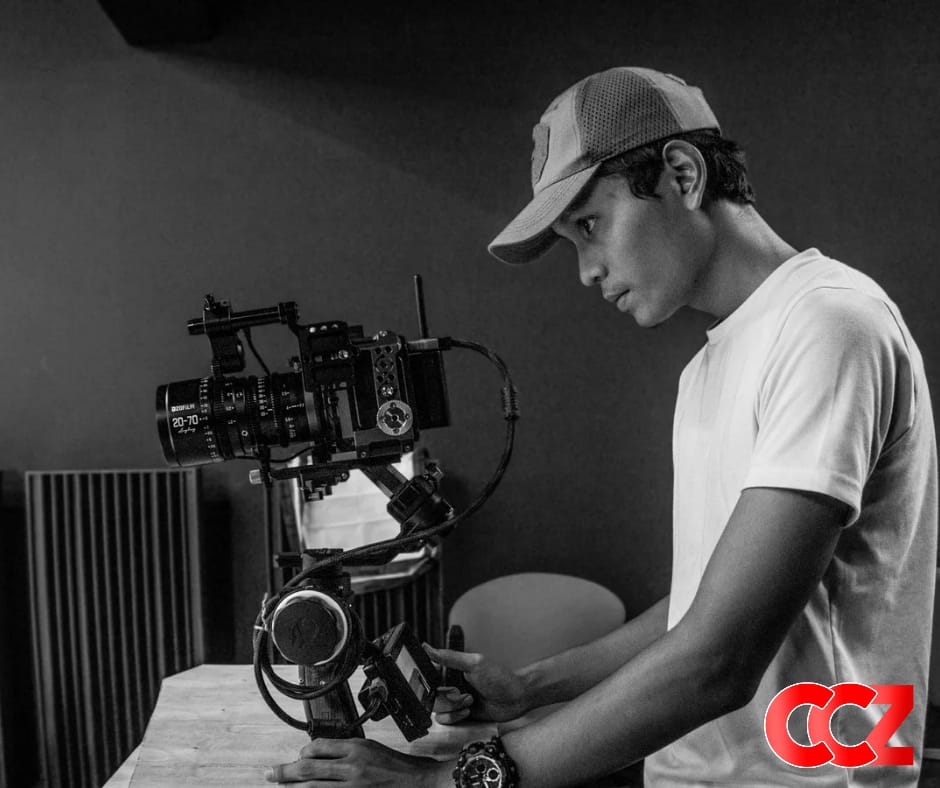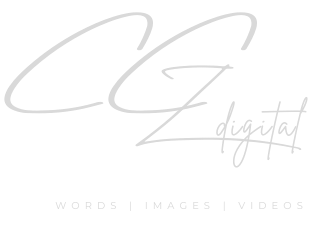The present age is a golden era of films. Thanks to the ongoing evolution of filmmaking technology, digital video cameras are becoming better every year. From long shots to mid-shots to establishing shots and close-ups, inspiring filmmakers should explore everything to make a list of camera shots and angles to plan their filmmaking project like an absolute pro.
Discovering core camera angles and shots will make all filmmaking projects worth watching. Let us discuss some primary camera shot types and their use in cinematography.
Long Camera Shot
A wide or long camera shot typically shows the full-length display of any character from top to bottom. It shows a character regarding their immediate background. Long camera shots allow the viewers to learn more about the environment where the characters live and see them interact through their body language. The long camera shot lets the audience make conclusions about the primary characters.

Extreme Long Camera Shot
An extremely long or wide camera shot establishes the context and setting from the beginning of a movie or a new scene. Using this type of camera shot in this context is often known as an establishing shot. It delivers contextualizing detail about where a film character sets in the context.
Medium Camera Shot
Also known as mid-shot, a medium camera shot aims to show the character from the waist to the head. It allows the audience to recognize facial expressions and body language, showing a character’s emotions. A medium camera shot makes the best angle for dialogue shots and the ideal framing for a news-style illustration where viewers can see the reporter’s face and formal body language.
Close-up Camera Shot
As the name suggests, the close-up camera shot lets the audience see a character from the top of the head to the top of the shoulders. It captures a character’s intensifying emotions, facial expressions, and tension building. A close-up shot is another shot type that works well for dialogue-based scenes.
Extreme Close-up Camera Shot
Viewers often observe a thing, object, or body part filling the frame for emphasis or showing detail while watching a movie. An extreme close-up camera shot does wonders in capturing these frame-filled scenes to depict details, highlight the critical factor, or heighten emotions.
Camera Shot Angles
While camera angles and shots may seem the same, they come with different descriptions. They have an imperative role to play in the overall shaping of your filmmaking project. A shot angle refers to how to tilt the camera to create an angle of view about the subject. Generally, degrees define angle tilting and are usually known as the thought of a low or a high camera angle when combined with a particular shot level.
High Camera Angle
Filmmakers can use angles to capture any framing type discussed above. They must position the camera at a high angle to take a shot below. A high-angle camera makes the subject in the frame look vulnerable, isolated, small, or weak. Filmmakers can alter the extremity of the angle to cause the desired results to be more impactful. One of the instances includes a shot when the cameraman uses the high-angle to make the character look more vulnerable.

Low Camera Angle
The low camera angle aims to make the object within the framing look daunting, imposing, or more powerful. Filmmakers can use the low camera angle with any camera shot, though they need to position the camera down at the subject to get the desired effect. Depending on the scene, filmmakers can alter the extremity of the angle, which can cause the desired results to be less or more impactful.
We have seen all these camera shots and angles in action, even without realizing them. It is part of filmmaking art, which makes the best camera shot and angle choices for capturing scenes for a movie. Filmmaking projects can experiment with numerous framing, angles, and shot types to feel comfortable deciding on the best camera shot and angle types. It will also enable them to make some tremendously exciting combinations and consider adding more camera moves, such as tilts, pans, and tracking shots.
